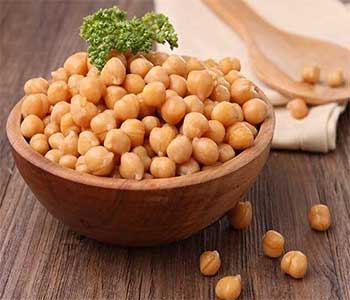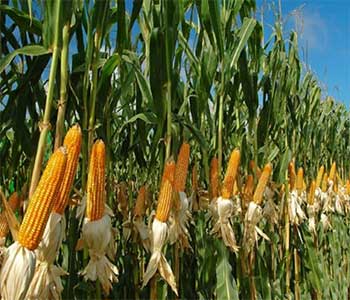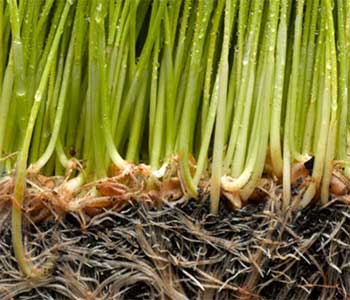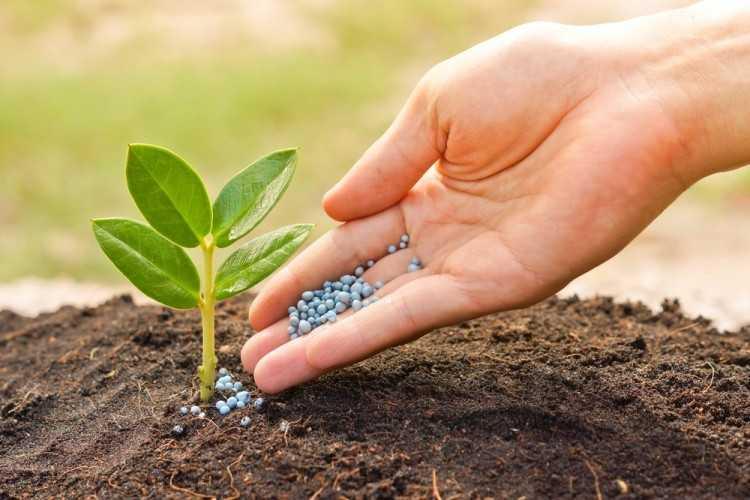The role of macro and micro elements in plant nutrition
High consumption elements (macro element)
Nitrogen is found in plants as organic compounds but more or less in the form of nitrides and nitrates. Nitrogen is involved in the structure of plant cells in the form of proteins, nucleic acids, chlorophyll, enzymes and hormones. Plants have the following reactions to nitrogen.
Increase green growth
Growth and balanced development of organs
Increase the production of plant proteins
Increase fruit and seed production
Darkening of leaves due to increased chlorophyll
Symptoms of deficiency: In one cotyledon, the middle part of the leaf blade turns yellow and the edges of the leaves remain green, and in two cotyledons, the entire part of the leaf turns yellow.
Phosphorus: It is involved in cell structure and in many vital plant activities and accelerates the growth and ripening of the product and increases the quality of the product.
Symptoms of deficiency: In one cotyledon, red or purple areas or spots are seen on the leaf surface, and in two cotyledons, the old veins become red or purple.
Potassium is not present in the structure of the plant and its presence is essential for making some amino acids. Potassium is effective in the synthesis and transport of carbohydrates and in general the consumption of carbon dioxide and is essential for cell wall formation. Water absorption and equilibrium absorption of elements requires potassium and increases the quality of the product and the photosynthesis efficiency and plant resistance to diseases.
Symptoms of deficiency: In general, in dicotyledons, the edges of the leaves turn yellow and then brown, and in one cotyledon, these symptoms start from the tips of the leaves.
Sulfur: It is involved in the structure of some amino acids and in the formation of leaf chlorophyll.
Symptoms of Deficiency: The veins turn yellow but the rest of the leaves remain green.
Calcium: The function of calcium in the cell wall structure is in the form of calcium pectate.
Symptoms of deficiency: Symptoms are visible in young leaves that turn greenish yellow and the young leaves do not wrinkle and open, and there is a complication next to the leaves.
Magnesium: In the center of chlorophyll molecules and in the form of magnesium pectate is present in the cell wall structure.
Deficiency symptoms: seen in older leaves. Symptoms The gaps between the veins turn yellow and the veins remain green.
Low consumption micro (micronutrient) elements:
Iron and Manganese: Manganese is involved in some enzyme systems to produce protein, and iron is involved in the construction of some enzymes and some rat matter. Iron is involved in photosynthesis and plant respiration.
Symptoms of deficiency: The veins remain green but the spaces between them turn yellow.
Zinc: It is involved in the enzymatic system and auxin and protein and in the action of respiration.
Symptoms of deficiency: Narrow and weak leaves, which sometimes have spots on the yolk.
Copper: The role of copper in the structure of enzymes and the symptoms of its deficiency is that the veins remain green and the spaces between the veins turn yellow.
On: for cell division and germination of pollen grains and the hateful transfer of hormones and the movement of sugar. In the absence of buds do not grow and as a result the leaves become small and weak.
Percentage of nutrients in animal manure
Dry cow manure: Nitrogen content 2% Phosphorus 1.5% Potash 2
Dry horse manure: percent nitrogen 2 percent phosphorus 1.5 percent potash 1.5
Dry sheep manure: percent nitrogen 2 percent phosphorus 1.5 percent potash 3
Poultry manure: Nitrogen content 5% Phosphorus 3% Potash 1.5





